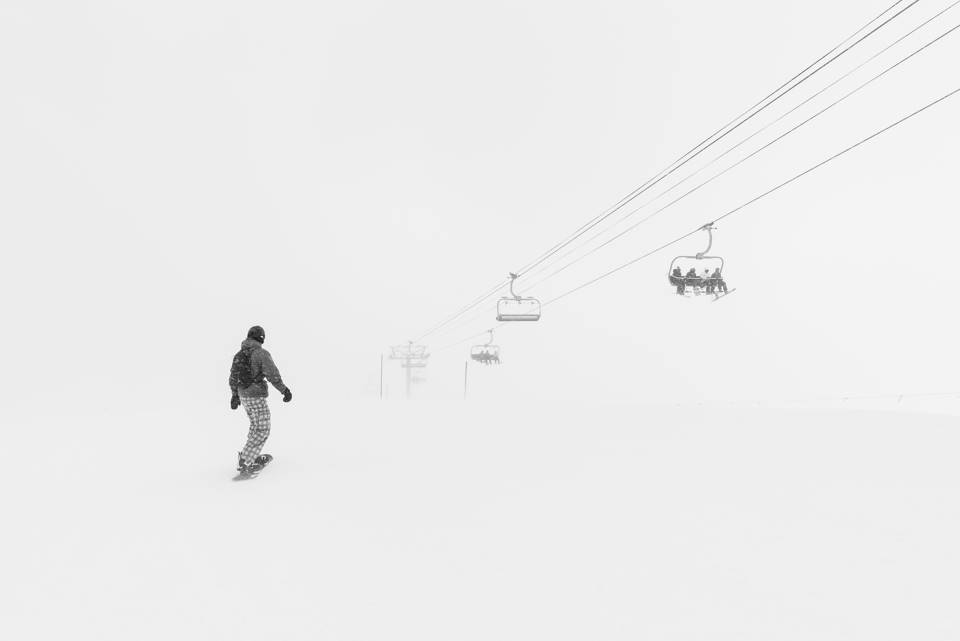Are you ready to hit the slopes and carve up some fresh powder? Whether you’re a seasoned shredder or a newbie to the snowboarding scene, having the right gear is crucial for a successful and enjoyable experience on the mountain. In this blog post, we’ll cover everything you need to know about essential snowboarding gear, including how to choose the right snowboard, selecting the best snowboarding boots, and the importance of proper snowboarding clothing. So, grab a warm beverage, cozy up by the fire, and get ready to learn everything you need to know about hitting the slopes in style.
Essential Gear For Snowboarding
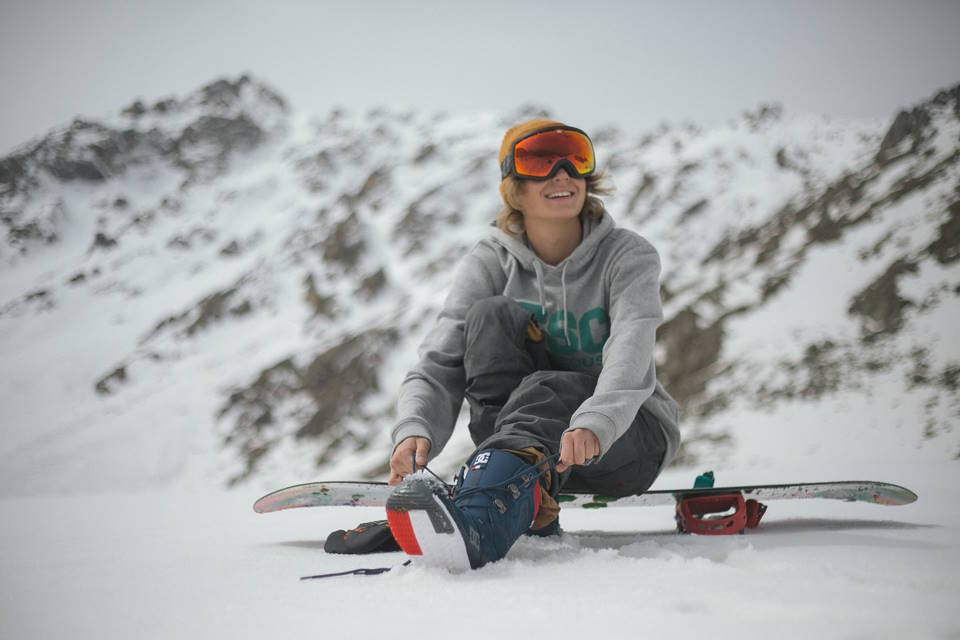
Are you ready to hit the slopes this winter? Snowboarding is a thrilling and adrenaline-pumping sport that can be enjoyed by people of all ages and skill levels. But before you can master those sick tricks and carve up the mountainside, you’ll need to make sure you have the essential gear for snowboarding. In this blog post, we’ll take a look at some must-have items that will keep you safe, comfortable, and stylish on the slopes.
The Snowboard
First things first, you can’t go snowboarding without a snowboard! This is the most crucial piece of gear that you’ll need. There are many factors to consider when choosing the right snowboard for you, such as your skill level, riding style, and personal preferences. Whether you prefer freeriding, freestyle, or all-mountain riding, a good snowboard that suits your needs and abilities is essential. Remember to check the length, width, and flex of the board to ensure it’s the right fit for you.
Bindings and Boots
Once you’ve got your snowboard, it’s time to choose the bindings and boots. Bindings are what connect your boots to the board, providing stability and control while riding. Look for bindings that are compatible with your boots and offer a comfortable fit. As for boots, they should provide ankle support, cushioning, and a snug fit. It’s important to try on several pairs to find the one that suits you best. Remember, comfortable and well-fitted boots will make a huge difference in your snowboarding experience.
Protective Gear
Safety should always be a top priority when snowboarding. That’s why protective gear is a must-have. A helmet is essential to protect your head from potential injuries, even if you’re an experienced rider. Wrist guards can help prevent wrist injuries, while knee and elbow pads provide additional protection. Don’t forget to wear layers of protective clothing like a padded jacket and pants. It’s better to be safe than sorry!
Accessories and Extras
Lastly, there are a few accessories and extras that can enhance your snowboarding experience. Goggles are essential to protect your eyes from the sun, snow, and wind. They also improve visibility on the slopes. Don’t forget to bring along a backpack to carry essentials like water, snacks, and extra layers of clothing. Other useful accessories include gloves, neck warmers, and sunscreen to protect your skin from the cold and sun exposure.
Choosing The Right Snowboard
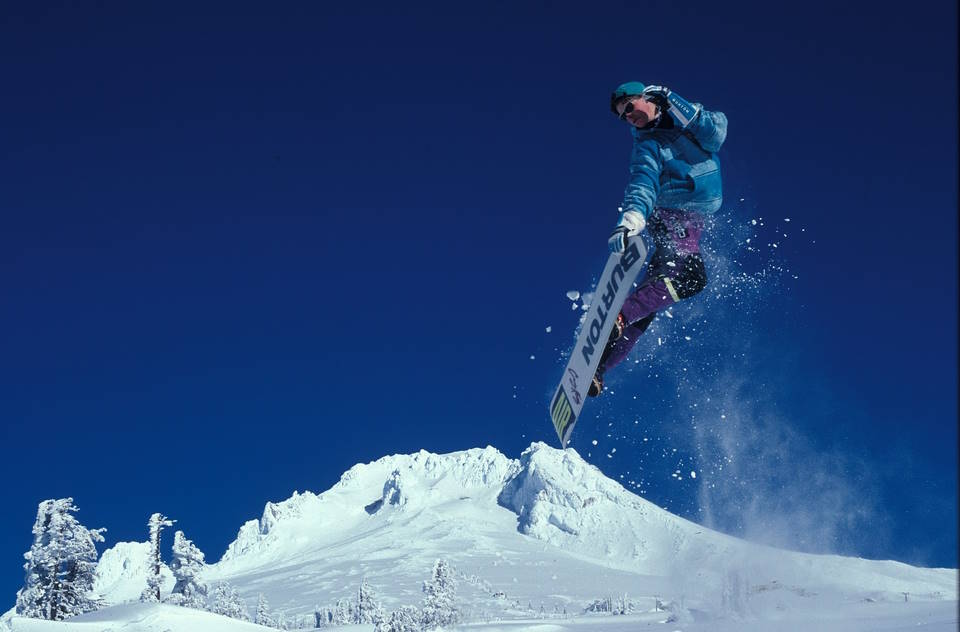
When it comes to hitting the slopes, one of the most important decisions you’ll need to make is choosing the right snowboard. With so many options available, it can be overwhelming to know where to start. But fear not, we’re here to help guide you through the process and ensure you find the perfect ride for your snowboarding adventures. So, grab a hot cocoa, strap on your boots, and let’s dive into the world of snowboard selection!
First things first, it’s crucial to understand that not all snowboards are created equal. Just like humans, each board has its own unique qualities and characteristics. The first factor to consider when choosing a snowboard is your skill level. Are you a beginner, a seasoned pro, or somewhere in between? This will play a significant role in determining the type of board that will best suit your needs.
If you’re just starting out, it’s generally recommended to opt for a softer and more forgiving board. These boards are typically easier to control and allow for a smoother learning curve. As you progress and gain confidence, you can then transition to a stiffer and more responsive board that will provide additional stability and control at higher speeds.
- Length: The length of the snowboard is another important consideration. Generally, shorter boards are easier to maneuver and are ideal for freestyle and park riding. On the other hand, longer boards offer more stability and are better suited for carving and high-speed descents.
- Width: The width of the snowboard is equally important, as it ensures that your boots don’t hang over the edges. If your boots are too wide for the board, you may experience unwanted toe or heel drag, which can affect your performance on the slopes.
- Shape: Snowboards come in various shapes, including directional, twin, and directional twin. Each shape has its own advantages and is designed for specific riding styles. For example, directional boards are intended for all-mountain and powder riding, while twin boards offer symmetrical flexibility for freestyle tricks and maneuvers.
Once you’ve considered your skill level, it’s time to think about your preferred riding style. Are you more interested in cruising down groomed trails, catching air in the terrain park, or exploring off-piste terrain? Answering these questions will help determine the appropriate type of snowboard profile for you.
| Camber: | The traditional camber profile features a slight upward curve in the middle of the board, with the contact points near the tip and tail. This profile provides excellent edge control and pop, making it suitable for aggressive riders who enjoy carving and fast-paced riding. |
|---|---|
| Rock: | The reverse camber or rocker profile, on the other hand, features a concave curve in the middle of the board. This design allows for better floatation in powder and easier turn initiation, making it a popular choice for freestyle and beginner riders. |
| Hybrid: | For those who enjoy the best of both worlds, there are hybrid profiles that combine elements of both camber and rocker. These boards offer a blend of stability, maneuverability, and floatation, making them versatile options for riders who want to experience a bit of everything. |
Finally, don’t forget to consider your body weight and height. The length and flex of the snowboard should be proportionate to your size. A board that’s too long may be difficult to control, while one that’s too short may lack stability. It’s always a good idea to consult the manufacturer’s size chart or speak to an expert at your local snowboard shop for personalized advice.
Choosing the right snowboard is a bit like finding your soulmate on the mountain. It may take some trial and error, but when you find the perfect match, it’s pure magic. So, take your time, do your research, and get ready to carve up the slopes with confidence on your dream snowboard!
Selecting The Best Snowboarding Boots
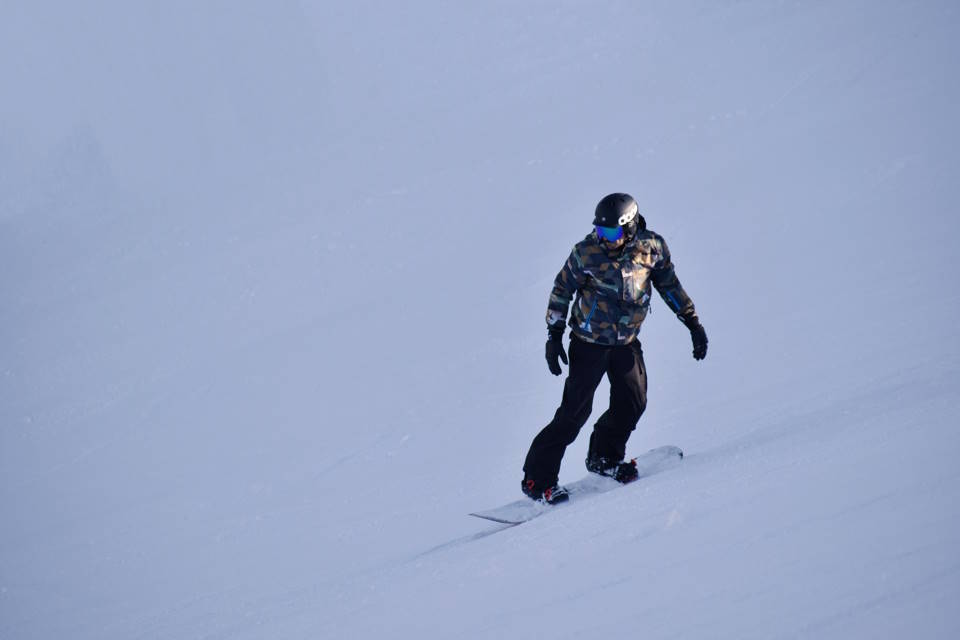
Snowboarding is an exhilarating sport that requires the right gear to ensure a safe and enjoyable experience on the slopes. One of the most crucial pieces of equipment for any snowboarder is a pair of high-quality boots. The perfect snowboarding boots can make all the difference in your performance and comfort while out on the mountain. In this blog post, we will explore the essential factors to consider when selecting the best snowboarding boots for your needs.
First and foremost, it is important to focus on the fit of the boots. Snowboarding boots should feel snug but not too tight. Your toes should have wiggle room, and your heels should be firmly secured without any slipping. You can try on different sizes and brands to find the perfect fit for your feet. It is also advisable to wear the same type of socks you would wear while snowboarding when trying on boots.
The next factor to consider is the flex and stiffness of the boots. Snowboarding boots come in various flex ratings, ranging from soft to stiff. The flex determines the responsiveness of the boots and affects your control over the board. Beginners generally benefit from softer boots that offer more forgiveness and easier maneuverability. On the other hand, expert riders often prefer stiffer boots that provide maximum support and responsiveness. It is essential to find a flex rating that suits your skill level and riding style.
- Another crucial aspect to consider is the lacing system of the boots. Traditional lace-up boots allow for a customizable fit, and they are easy to adjust on the go. However, they may require frequent retying. Boa lacing systems, which feature a dial, provide quick and precise adjustments without the need for retying. They are especially convenient in cold weather when removing gloves to tie laces can be a hassle. Some boots also offer a combination of traditional laces and Boa systems, allowing you to fine-tune the fit.
- The materials used in the construction of the boots also play a significant role in their performance. Most snowboarding boots feature an outer shell made of synthetic materials such as nylon or polyurethane. These materials offer durability and water resistance to keep your feet dry and protected. The inner liner, often made of heat-moldable foam or fleece, provides insulation and comfort. High-quality materials are essential to ensure the longevity and performance of the boots.
| Pros of Traditional Lace-Up Boots | Pros of Boa Lacing System |
|---|---|
|
|
|
|
|
|
Lastly, don’t forget to consider your personal style and preferences when choosing snowboarding boots. They come in a wide range of designs and colors, so you can find a pair that matches your individual taste. Remember that selecting the best snowboarding boots is all about finding the perfect combination of fit, flex, lacing system, and materials that suit your needs and enhance your snowboarding experience. So get out there, hit the slopes, and enjoy the ride!
Importance Of Proper Snowboarding Clothing
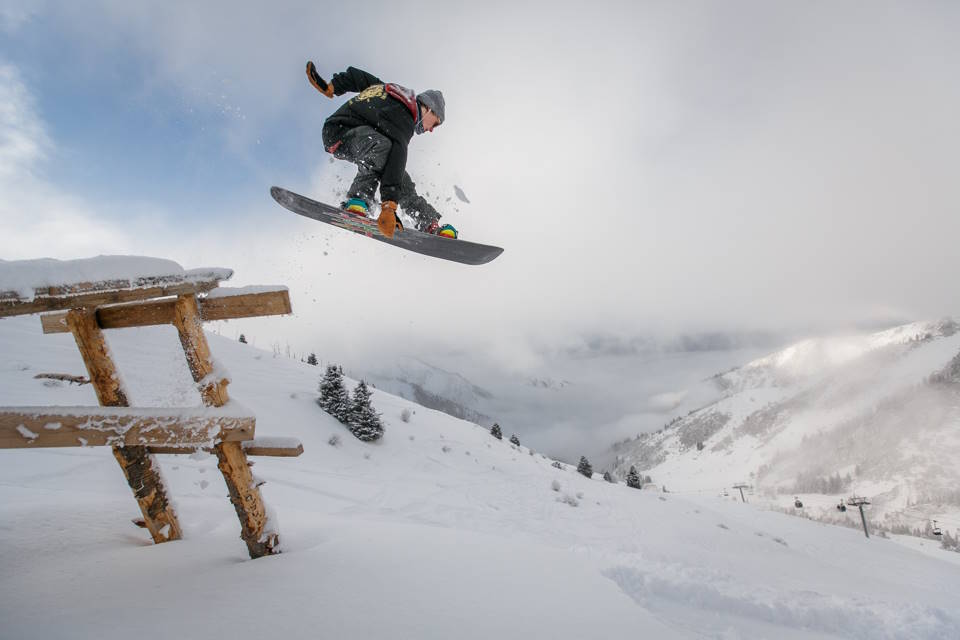
Snowboarding is a thrilling and exhilarating sport that attracts millions of enthusiasts around the world. As much fun as it is, it’s important to be equipped with the proper snowboarding clothing to ensure a comfortable and safe experience on the slopes. The right gear can make all the difference, providing protection against the cold weather, keeping you dry, and allowing for unrestricted movement.
When it comes to snowboarding clothing, one of the most important pieces is a jacket. The jacket serves as your first line of defense against the elements, protecting you from wind, snow, and moisture. Look for a jacket that is waterproof and breathable, with sealed seams to prevent water from seeping in. Additionally, it should have plenty of pockets to store essentials like your phone, wallet, and goggles.
Pants are another essential component of proper snowboarding clothing. Just like the jacket, they should be waterproof and breathable to keep you dry and comfortable. Opt for pants with reinforced knees and seat, as these areas often endure the most stress. Additionally, adjustable waistbands and boot gaiters are handy features to ensure a snug fit and prevent snow from entering your boots.
Layering is crucial when it comes to dressing for snowboarding. It allows you to adjust your clothing according to the weather and your activity level. The base layer, which is in direct contact with your skin, should be moisture-wicking and quick-drying to keep you warm and dry. Merino wool or synthetic materials are great options for base layers, as they provide insulation while wicking away sweat.
| Layer | Recommended Clothing |
|---|---|
| Base Layer | Moisture-wicking thermal top and bottom |
| Middle Layer | Insulating fleece or down jacket |
| Outer Layer | Waterproof and breathable jacket and pants |
Gloves and socks are often overlooked but play a crucial role in ensuring comfort while snowboarding. Look for gloves that are waterproof, insulated, and provide good dexterity for gripping the snowboard. As for socks, avoid cotton as they absorb moisture and can make your feet cold and uncomfortable. Opt for moisture-wicking and cushioned socks designed specifically for snowboarding.
Headwear is essential for protecting your head and ears from the cold. A beanie or a helmet liner made of moisture-wicking and insulating material is ideal. Don’t forget to wear a helmet for safety, as falls and accidents are common in snowboarding. Choose a helmet that fits well and has adjustable ventilation to regulate your temperature.
In summary, proper snowboarding clothing is essential to ensure a comfortable and safe experience on the slopes. From jackets and pants to base layers and accessories, each piece plays a significant role in protecting you from the elements and allowing for optimal performance. So the next time you hit the slopes, make sure you’re dressed for success!

